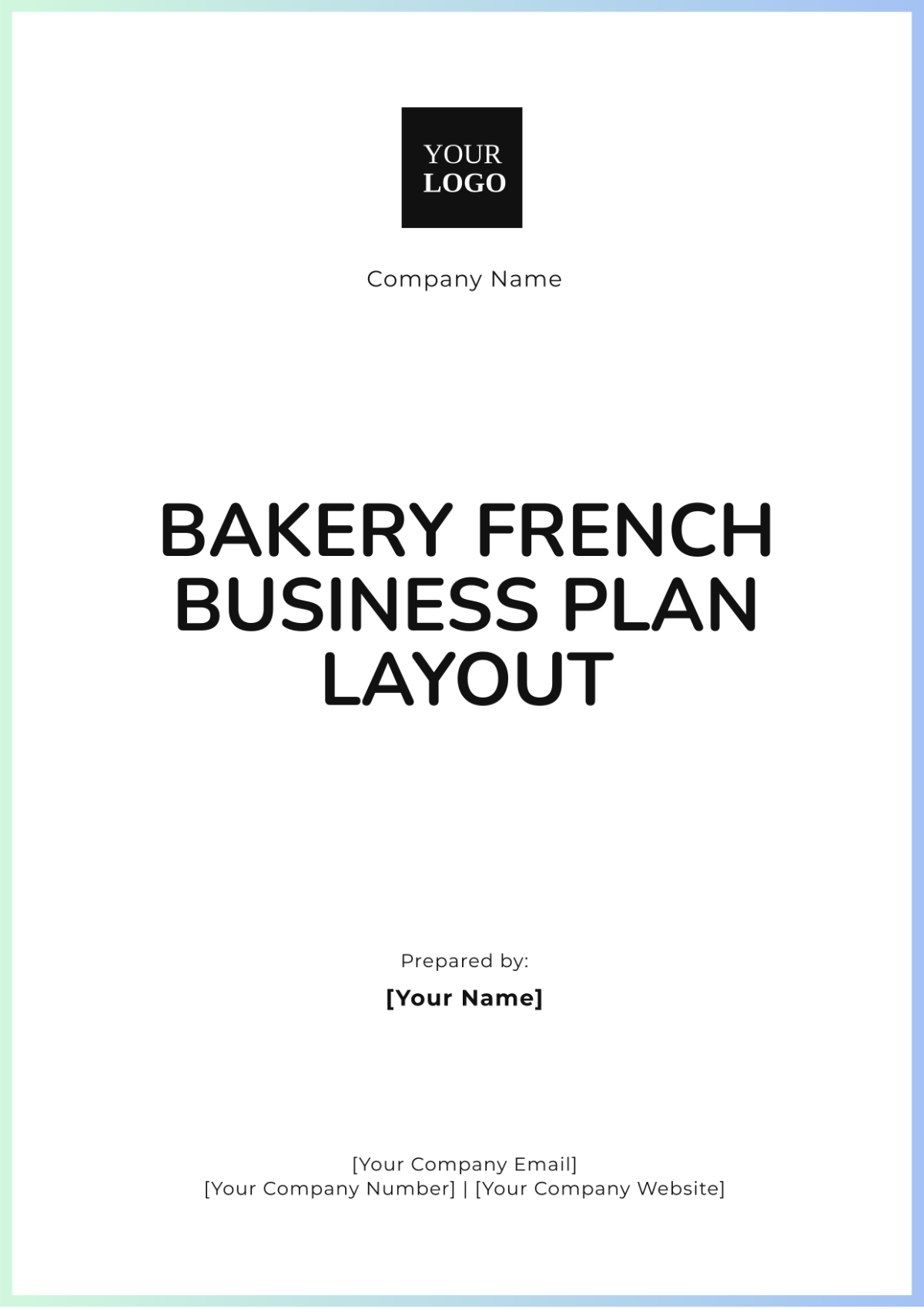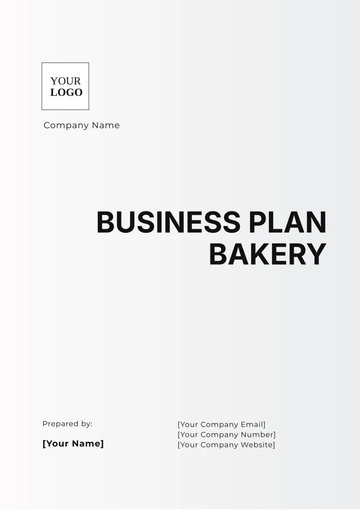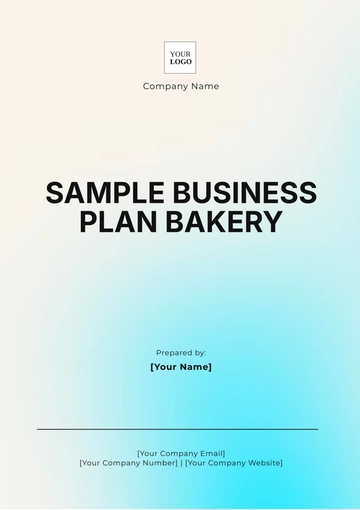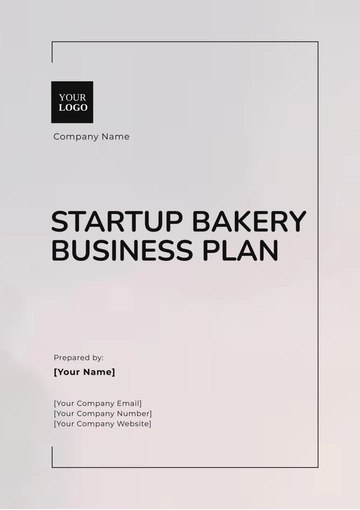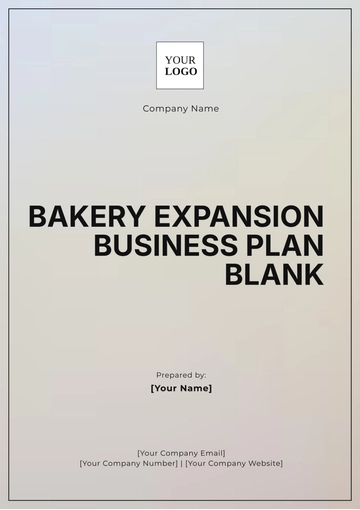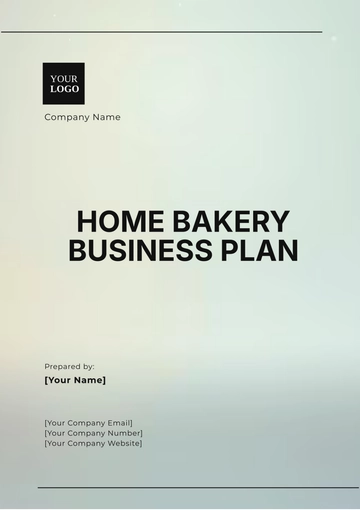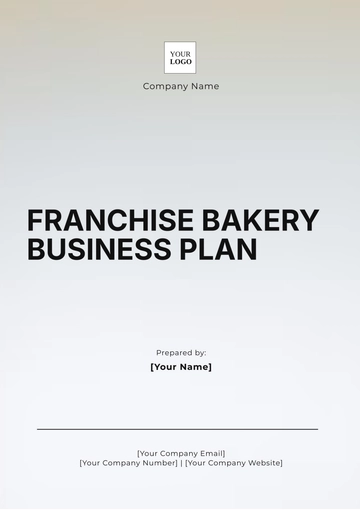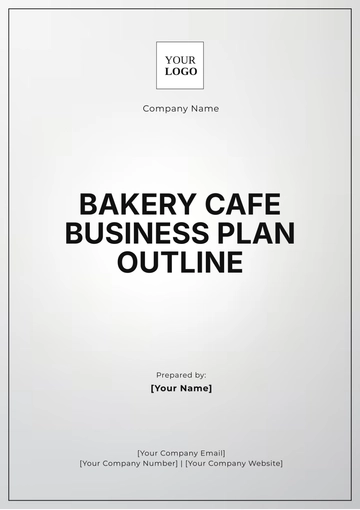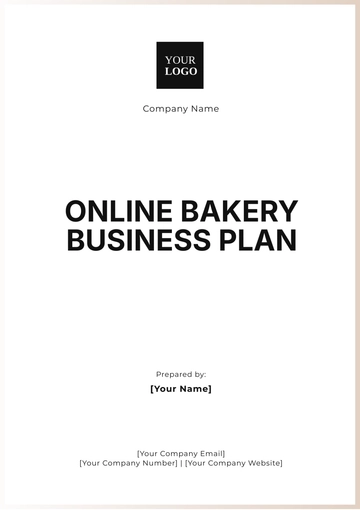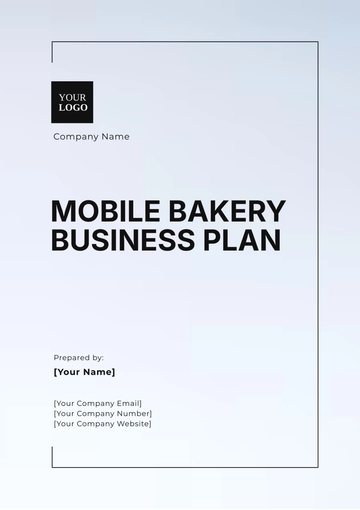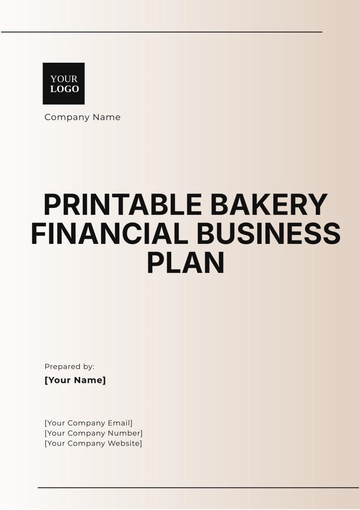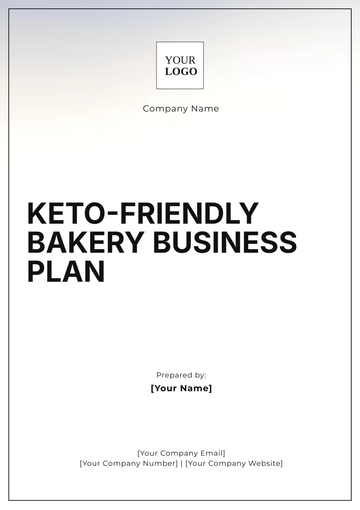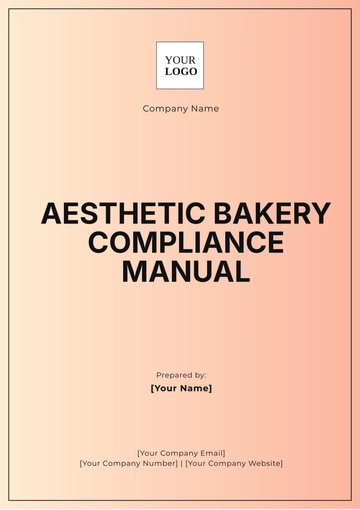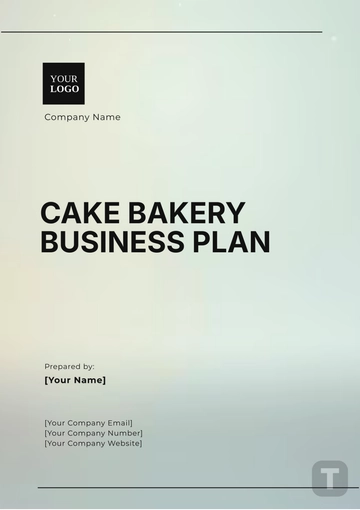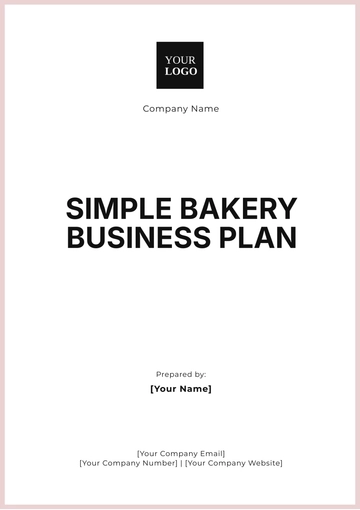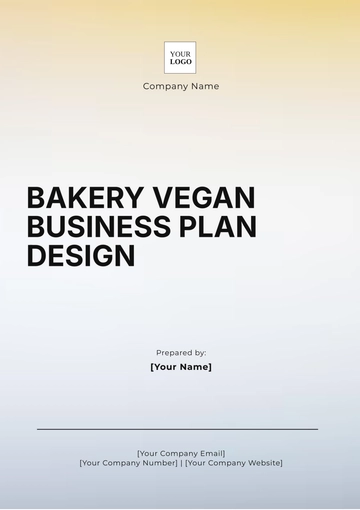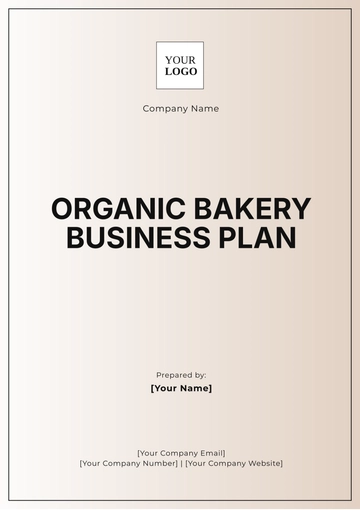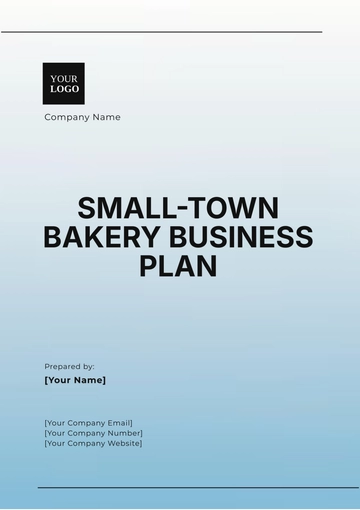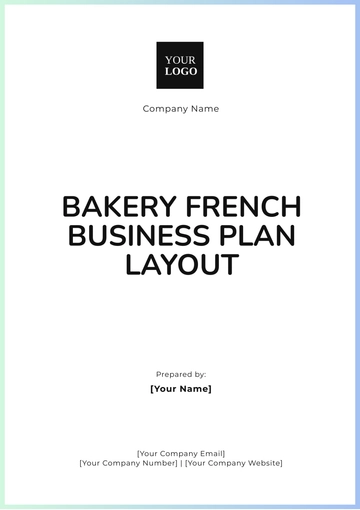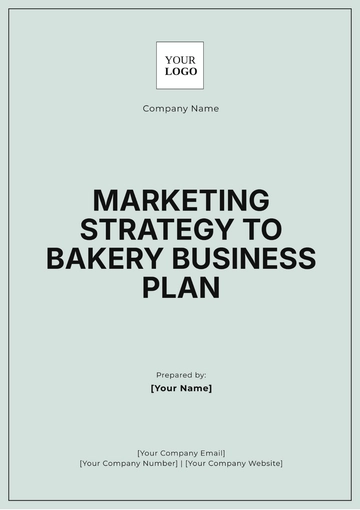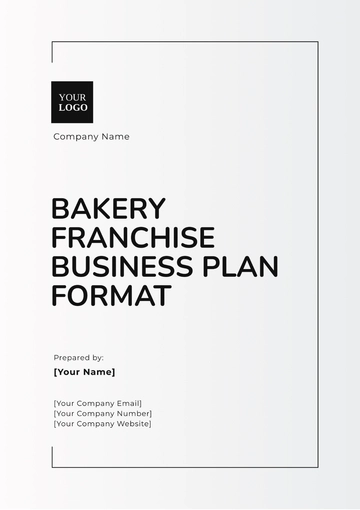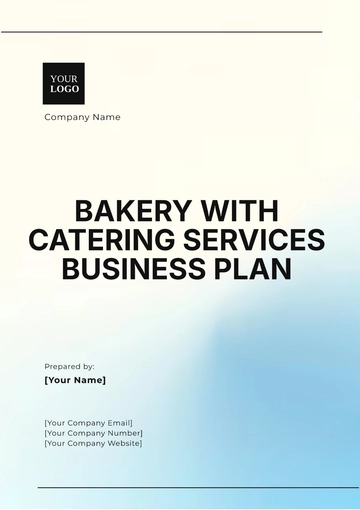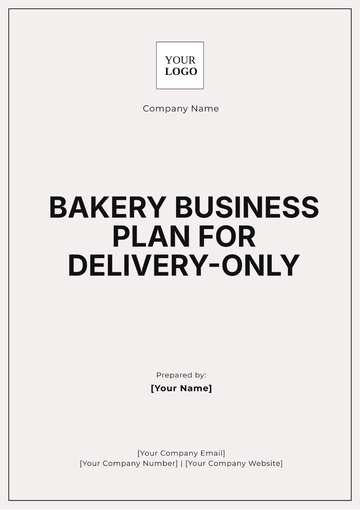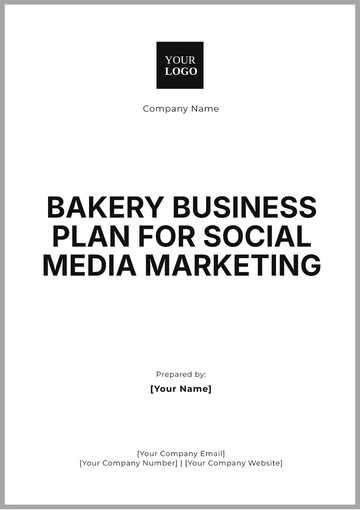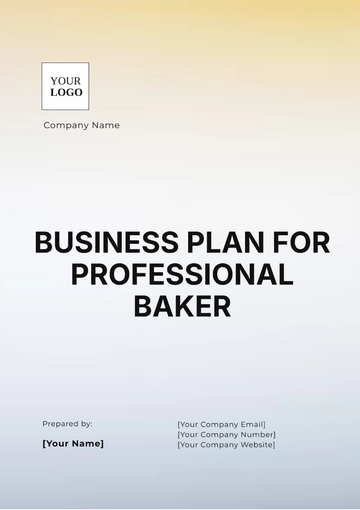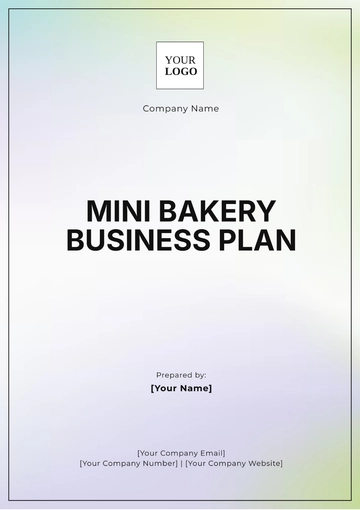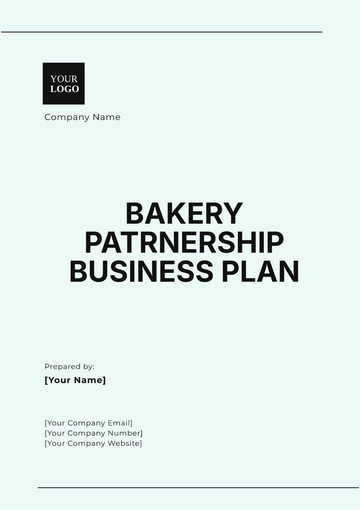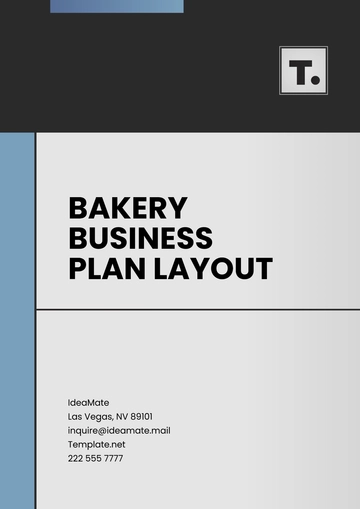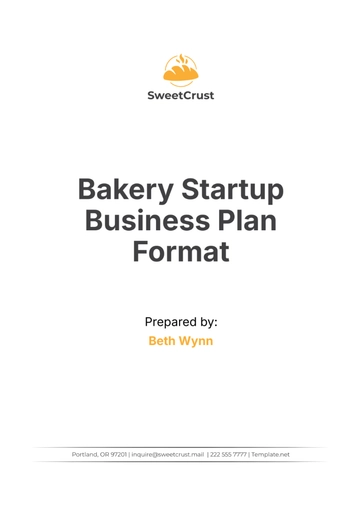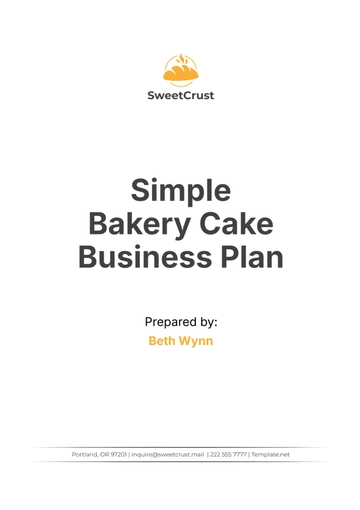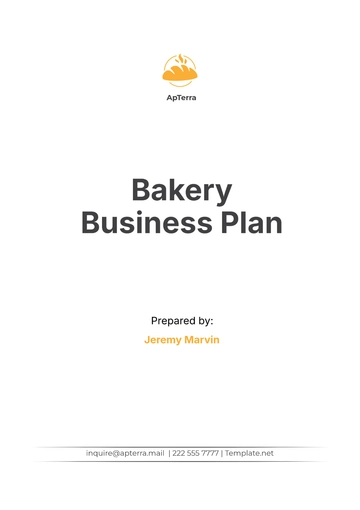Bakery French Business Plan Layout
1. Executive Summary
Business Name:
Location:
Overview of Bakery Concept:
Briefly describe the vision for your French bakery, including key offerings (e.g., bread, pastries, etc.).
Mission Statement:
The purpose and goals of your bakery.
Business Objectives:
Short and long-term goals.
Ownership & Legal Structure:
Sole proprietorship, LLC, partnership, etc.
2. Business Description
Business Overview:
A detailed description of your bakery, including the inspiration behind it.
Unique Selling Proposition (USP):
What makes your French bakery stand out from competitors?
Industry Overview:
Market trends and analysis of the bakery industry, focusing on French-style bakeries.
Location & Facilities:
Description of your physical location and layout of the bakery.
Target Market:
Define your ideal customers (demographics, lifestyle, preferences).
3. Market Analysis
Market Overview:
Discuss the demand for French bakery products in your area.
Competitive Analysis:
List local competitors and assess their strengths and weaknesses.
Target Customer Segments:
Identify and describe the main customer groups (e.g., locals, tourists).
Market Trends:
Identify trends related to French cuisine, bakery products, and consumer preferences.
SWOT Analysis:
Strengths
Weaknesses
Opportunities
Threats
4. Marketing and Sales Strategy
Branding & Positioning:
Define your bakery's brand, positioning, and visual identity.
Marketing Channels:
Identify where and how you'll market (social media, local advertising, etc.).
Pricing Strategy:
Outline the pricing for your products and how it compares to competitors.
Promotions & Events:
Plans for grand opening events, special promotions, or partnerships.
Sales Forecast:
Projected monthly/annual sales and key metrics.
5. Products and Services
Product Offerings:
Detailed list of the types of French baked goods you’ll offer (e.g., croissants, baguettes, pastries).
Menu Description:
Include a sample menu with pricing.
Production Process:
Description of how the bakery goods will be produced (in-house, suppliers, etc.).
Suppliers:
List of key suppliers for ingredients, packaging, etc.
6. Operations Plan
Daily Operations:
Outline day-to-day activities and bakery management.
Staffing Requirements:
Number of employees, job roles, and training.
Production Schedule:
When products will be baked, displayed, and sold.
Technology and Equipment:
Key equipment and technology needed for bakery operations.
Hygiene and Quality Control:
Standards for cleanliness and product quality.
7. Management and Organization
Ownership Structure:
Name the owner(s) and describe their involvement.
Management Team:
List key management personnel and their qualifications.
Organizational Structure:
The organizational chart or description of reporting hierarchy.
8. Financial Plan
Startup Costs:
Outline all startup expenses, including rent, equipment, ingredients, etc.
Funding Requirements:
How much capital do you need and how you will use it?
Revenue Model:
Expected income streams (product sales, catering, wholesale).
Financial Projections:
Include profit and loss statements, balance sheets, and cash flow projections for at least three years.
Break-Even Analysis:
Identify the point where revenue will cover all costs.
9. Appendix
Menu:
Include a finalized or sample version of your menu.
Floor Plan:
Diagram of the bakery layout.
Resumes of Key Personnel:
If applicable.
Legal Documents:
Permits, licenses, lease agreements, etc.
Supplier Agreements:
Copies of key supplier contracts.
Bakery Templates @ Template.net
